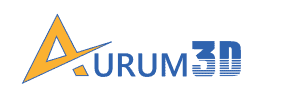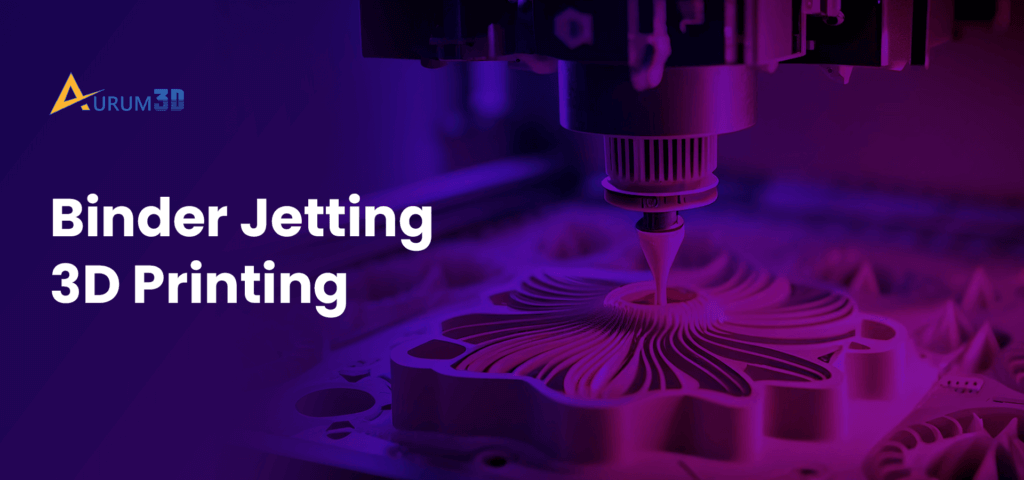3D printing technologies produce real-time items from digital 3D files. But each 3D printing technology produces a part or prototype by curing and hardening filaments in a distinct way. Binder jetting is a new-age 3D printing technology that produces parts using a material in powder form and a binder in liquid form.
During the binder jetting 3D printing process, the binder acts as an adhesive. The liquid binder integrates various layers of powder material. The binder makes binder jetting 3D printing different from filament-based 3D printing technologies like fused deposition modeling (FDM) and selective laser sintering (SLS).
While planning a binder jetting 3D printing project, you have the option to choose from a slew of powder materials – polymers, metals, and ceramics. Likewise, you can choose from a variety of binders according to your choice of powder material. We are making it easier for you to plan the project by discussing important aspects of the binder jetting 3D printing process.
How Does Binder Jetting 3D Printing Work?
Binder jetting 3D printing, like other additive manufacturing technologies, produces parts in a series of steps. We can understand how the 3D printing technology works based on important steps in the 3D printing process.
Step 1: This 3D printing method produces parts from digital 3D files. You have to prepare the digital 3D model using CAD software. Subsequently, you have to construct the digital 3D model for the 3D printer using slicing software.
Step 2: The 3D printing process will start by spreading your choice of powder material over the build platform using rollers.
Step 3: The print head will deposit the binder adhesive on the powder material selectively according to the digital 3D model.
Step 4: The printer will lower the build platform according to the thickness of the layer after the initial layer is formed.
Step 5: The printer will subsequently deposit the next layer of powder filaments on the previous layer. Also, it will integrate the layers using the binder adhesive.
Step 6: The printer will create other layers using the unbound powder material surrounding the part.
Step 7: The printer will repeat the process till the part is produced completely.
Step 8: You can separate the part from the 3D printer after it becomes 100% solid. After removing the part, you have to enhance its quality and strength by performing post-processing activities.
What Materials and Binders Are Commonly Used in the Binder Jetting 3D Printing Process?
As noted earlier, you have the option to choose from a variety of powder materials and binding adhesives while planning a binder jetting 3D printing project. We are discussing some of the materials and binders used commonly in this 3D printing process.
Powder Materials
While planning this type of 3D printing project, engineers often prefer metals or ceramics. They produce strong and durable parts using metal alloys like copper, titanium, and stainless steel. However, you have the option to use polymers like ABS and PLS as well as other powder materials like sand. You can experiment with a variety of powder materials by availing of professional binder 3D printing services.
Binder Adhesives
While planning a binder jetting 3D printing project, you have the option to choose from a wide range of binding agents according to the requirements of the part and type of printer. Engineers often use silicate, furan, phenolic, or aqueous-based binding agents. However, they always consider the type and needs of the part or product to be 3D-printed while comparing these commonly–used binders.
What are the Major Advantages of Binder Jetting 3D Printing Technology?
At present, binder jetting 3D printing technology is used widely by engineers to produce a variety of parts, products, and prototypes without increasing 3D printing time and cost. For instance, the technology helps enterprises produce low-cost metal parts and color prototypes.
At the same time, it is also used widely for the production of jewelry and other decorative accessories. We can understand the growing popularity of this distinct additive manufacturing technology based on its major benefits.
Faster Delivery Time:
3D printing technologies differ from each other in the category of speed. Some 3D printing technology produces parts faster than others. Binder jetting 3D printing technology is much faster than filament-based 3D printing technologies.
A Wide Range of Materials:
Binder jetting technology produces parts using various powder materials and binding agents. Engineers have the option to produce parts using a variety of materials – polymers, ceramic, metal, and sand. The extensive material support makes the 3D printing scores over other 3D printing technologies.
Enhanced Mechanical Properties:
Each powder material used in the binder jetting process has its distinct mechanical properties. Also, engineers can enhance the material’s mechanical properties using the appropriate binder. The enhanced mechanical properties help engineers produce superior parts using the two-material method.
Option to Experiment with Colors:
Binder jetting technology creates opportunities for engineers to experiment with a wide range of colors. Hence, it becomes easier for them to produce parts or prototypes that appear colorful and stylish.
What are the Important Disadvantages of Binder Jetting 3D Printing Technology?
Like other 3D printing technologies, binder jetting has its own shortcomings. Engineers overcome these disadvantages by adopting a slew of best practices. Here are two major shortcomings of this new-age additive manufacturing technology.
Not Best-Suited for Structural Parts:
Engineers use binders as adhesives to integrate layers of powder material. The binding agent makes binder jetting technology not suitable for the production of specific structural parts.
Additional Post-Processing:
Engineers have to perform post-processing activities to refine the parts produced using binder jetting technology. The additional post-processing activities extend the time required to deliver the 3D-printer part or prototype.
Conclusion
Unlike other filament-based 3D printing technologies, this type of 3D printing produces parts using a binder and a powder-based material. You have the option to choose from several powder-based materials and binders according to the nature and requirement of the part or product.
The leading 3D printing service providers create opportunities for you to produce parts by combining the right material and binder. Also, they boost the quality of 3D-printed parts by performing additional post-processing activities. But you must keep in mind the key aspects of this distinct additive manufacturing process to optimize a binder jetting 3D printing project.
About Aurum3D
We are amongst the major 3D printing companies in Bangalore, India. We have been providing FDM, SLA and SLS custom 3D Printing services to many major industries including multiple disciplines of engineering. Please feel free to get in touch with us for your custom needs, our 3D printing solutions experts will get back to you within one business day.

